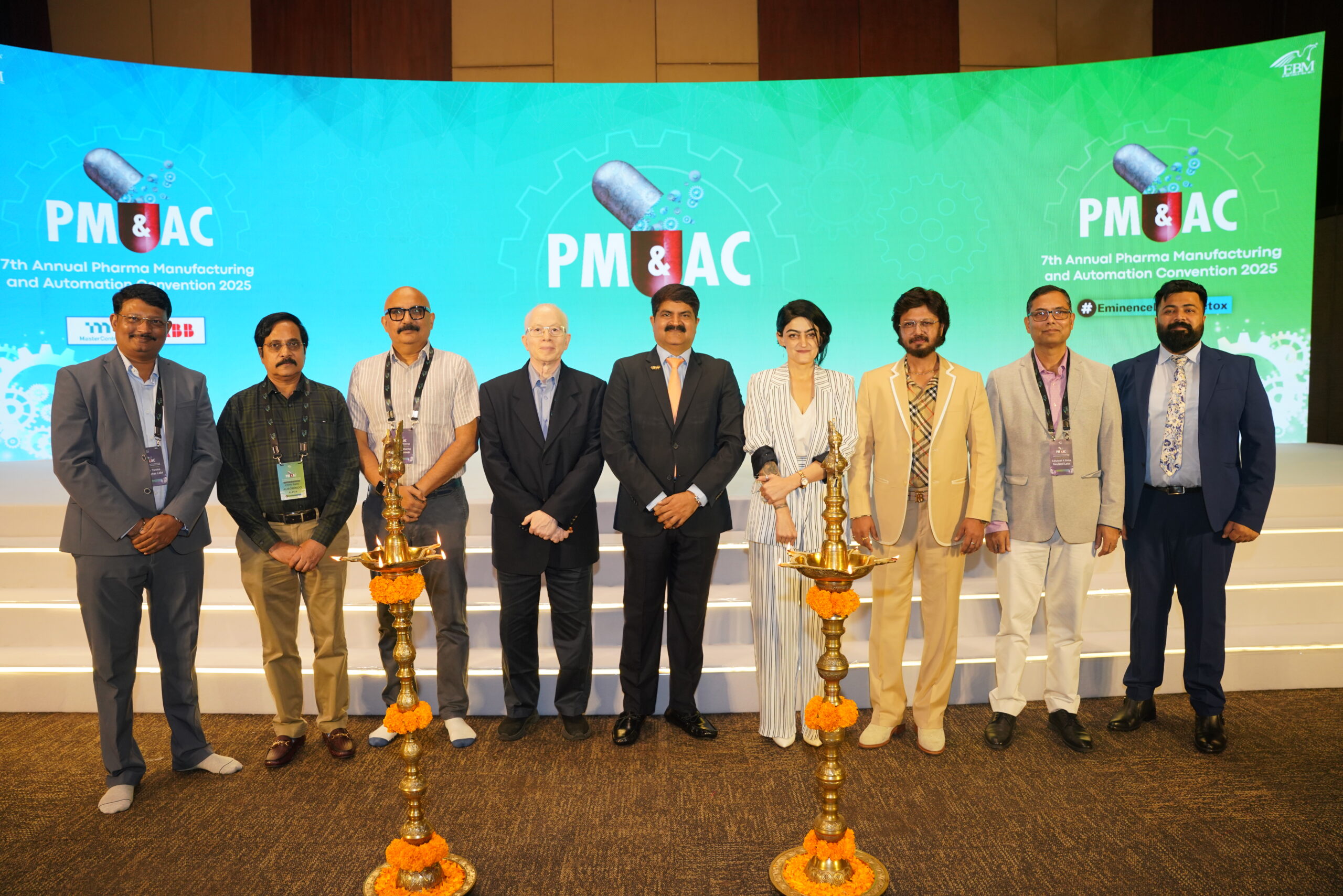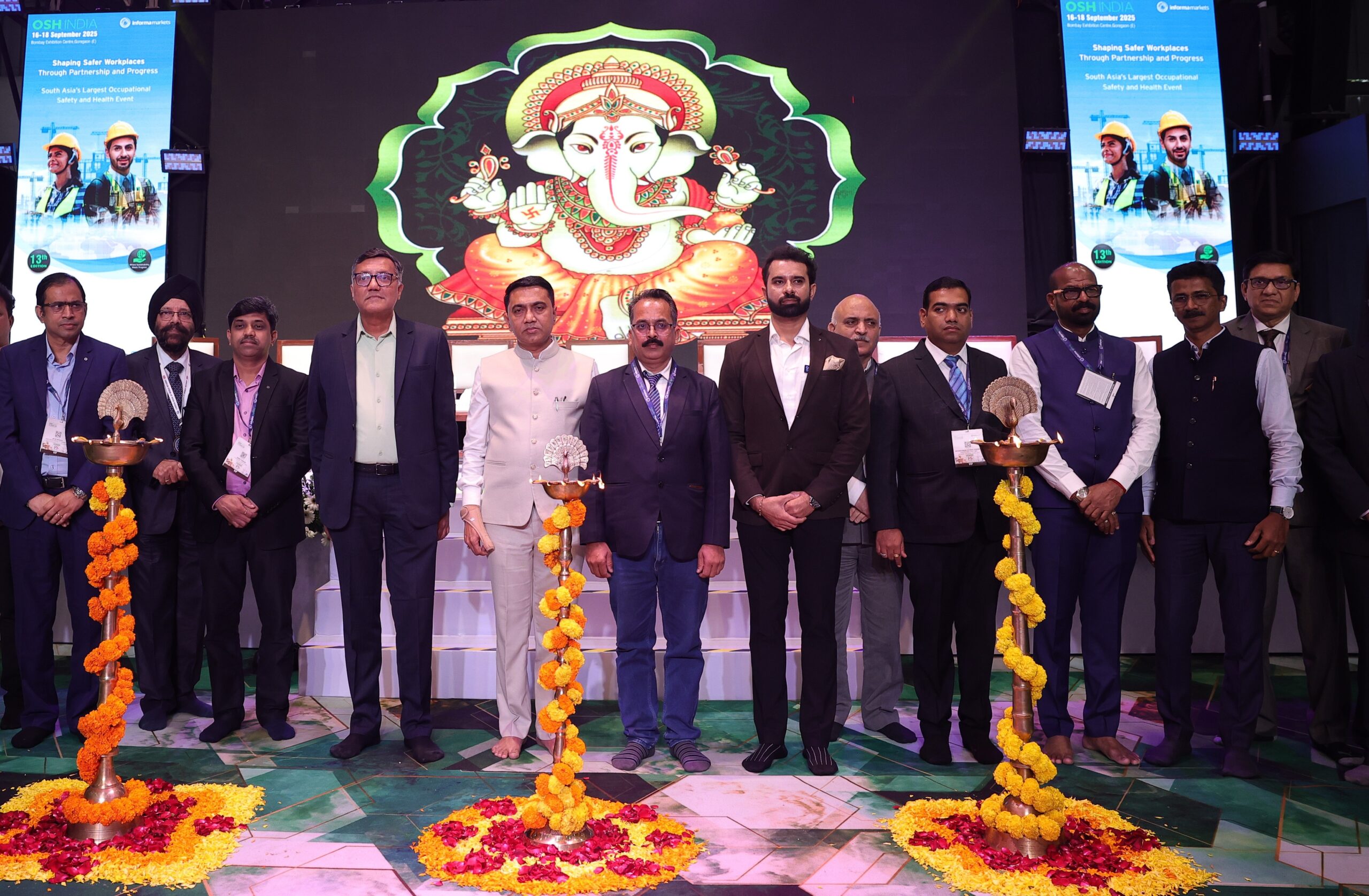In 2015, the United Nations adopted 17 Sustainable Development Goals (SDGs), aiming to ensure prosperity, equity, and a peaceful coexistence for all living beings by 2030. The COVID-19 pandemic posed an undeniable disruption to this vision; however, it also brought public health to the forefront of global priorities, reinforcing commitments across sectors—including the pharmaceutical industry—to accelerate progress toward these goals.
The SDGs were designed with a holistic lens, and notably, many of them converge around themes of health, climate change, and social equity. Central to achieving these goals is the concept of equitable and accessible healthcare, and the pharmaceutical sector plays a critical role in turning that vision into reality.
Health at the Core of Sustainable Development
SDG 3—Good Health and Well-being—forms the backbone of the other 16 goals. From reducing poverty to improving education, every goal intersects with health. As WHO Director-General Dr. Tedros Adhanom Ghebreyesus said,
“Health is not a reward for development but a precondition for it.”
India has institutionalized SDG monitoring through NITI Aayog, which publishes annual progress reports. Health equity is a central theme, and equitable access to medicine and care is a critical challenge and opportunity for the pharmaceutical sector.
Health Equity: A Priority for the Pharma Industry
In a nation marked by rich cultural, religious, and geographic diversity, delivering holistic well-being extends beyond treatment—it requires addressing the social determinants of health. These include education, economic stability, access to clean water and nutrition, safe housing, and employment opportunities. The pharmaceutical industry is increasingly aligning its strategies to these factors, recognizing that sustainable health outcomes are only possible when social disparities are addressed alongside clinical innovation.
India’s growing pharmaceutical industry—often dubbed the “pharmacy of the world”—is uniquely positioned to impact the SDG 2030 agenda. However, for this growth to be inclusive and effective, it must focus on both inequity and inequality. While rural-urban healthcare disparities highlight issues of access and distribution (inequality), affordability and cost barriers faced by vulnerable populations expose deeper systemic gaps (inequity). A commitment to health equity means ensuring not only that medicines are available but also that they are affordable and contextually relevant to the communities most in need.
Public Health, NCDs, and the Shift in Disease Burden
The dual burden of disease in India—where infectious diseases continue to affect vulnerable regions, while non-communicable diseases (NCDs) are on the rise—further complicates the healthcare landscape. According to the 2017 “India State-Level Disease Burden” report, there has been a significant shift from infectious diseases to NCDs, largely driven by lifestyle factors like poor diet, alcohol consumption, and smoking. This transition underscores the urgent need for public health advocacy and preventive pharma initiatives, such as awareness campaigns, early diagnostics, and innovations in digital health.
In this evolving landscape, pharmaceutical companies must go beyond product delivery. They are now expected to act as healthcare partners—investing in R&D for unmet public health needs, championing environmental sustainability, collaborating with community-based organizations, and shaping policies that support preventive care.
Pharma and Sustainability: From Waste Reduction to Renewable Innovation
Sustainability is no longer a corporate social responsibility buzzword—it’s a core business strategy for leading pharmaceutical firms. As stewards of health, these companies are now equally accountable for minimizing their environmental footprint and promoting ecological well-being.
There is a growing momentum in the pharmaceutical industry to reduce carbon emissions by transitioning to renewable energy sources such as solar and wind power. This strategic shift not only underscores the sector’s commitment to environmental responsibility but also aligns with the global Sustainable Development Goals (SDGs)—particularly SDG 7 (Affordable and Clean Energy) and SDG 13 (Climate Action). Leading pharmaceutical companies are integrating green energy into their operations, setting benchmarks for low-carbon manufacturing and building a more sustainable healthcare ecosystem. Some of the key examples for the same are:
- Waste Management & Water Conservation
Companies like Dr. Reddy’s Laboratories have implemented zero liquid discharge (ZLD) systems in their manufacturing units, to ensure 100% of treatment of wastewater and recycling. - Energy Efficiency & Renewable Integration- Investing in solar and wind power for their plants so as to source its power for facilities from renewable sources, significantly reducing its carbon footprint.
- Green Chemistry & Sustainable APIs-Several pharmaceutical companies are revisiting their Active Pharmaceutical Ingredient (API) manufacturing processes to reduce solvent use and toxic by-products.
- Sustainable Packaging- To reduce plastic usage, firms are shifting toward eco-friendly, biodegradable packaging.
- Ethical Sourcing & Supply Chain Transparency- The industry is increasingly investing in ethical raw material sourcing.
- Community Health and Climate Resilience- Companies are also funding climate-resilient healthcare models.
The Road Ahead: A Shared Responsibility
Ultimately, the path to achieving SDG 2030 will rely on a multisectoral approach where industry, policy, and community align to drive systemic change. The pharmaceutical sector, empowered by innovation and guided by ethical responsibility, must continue to evolve—addressing not only disease but also the deeper social and environmental conditions that determine health outcomes for generations to come.
Sustainable pharma growth is not just about expanding production—it’s about ensuring that development is inclusive, resilient, and regenerative. With its global reach and scientific capabilities, the Indian pharmaceutical industry can serve as a cornerstone of health equity and environmental stewardship on the world stage.






